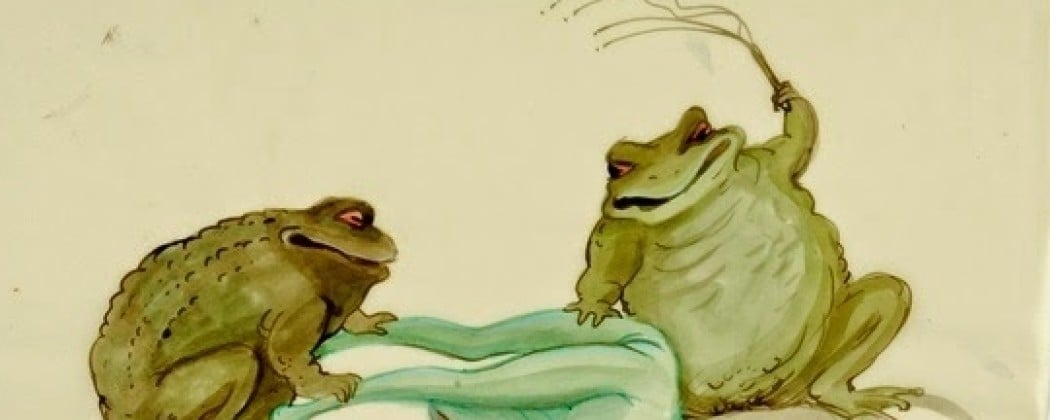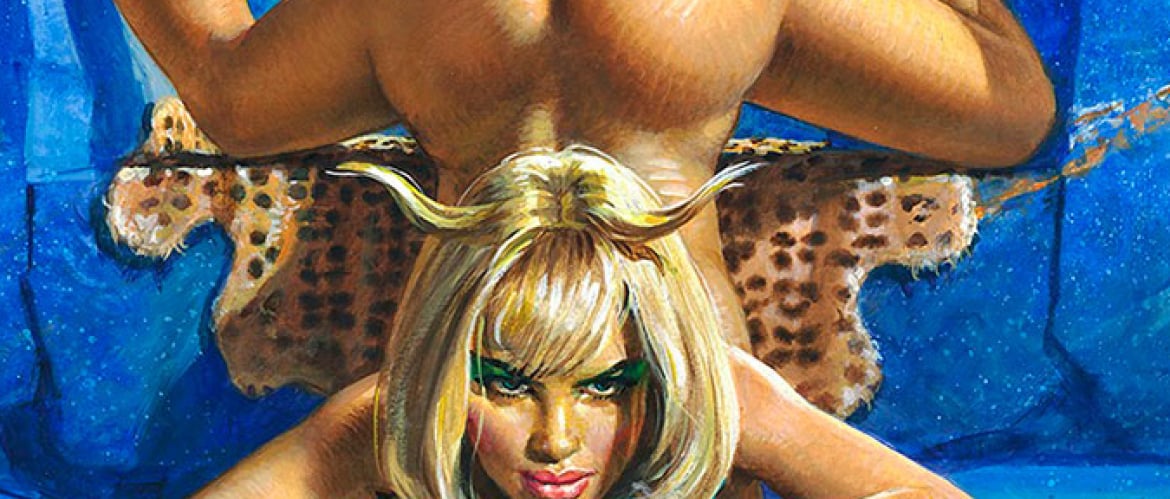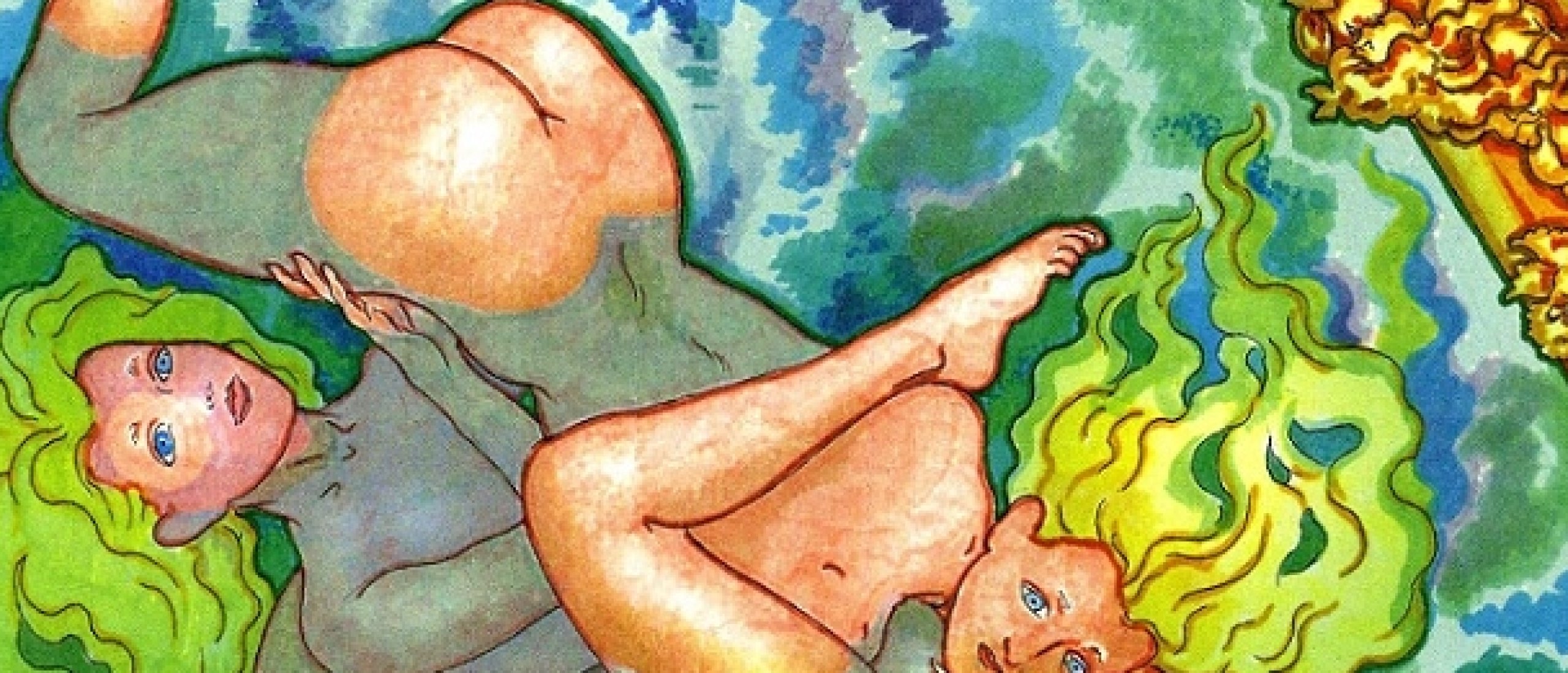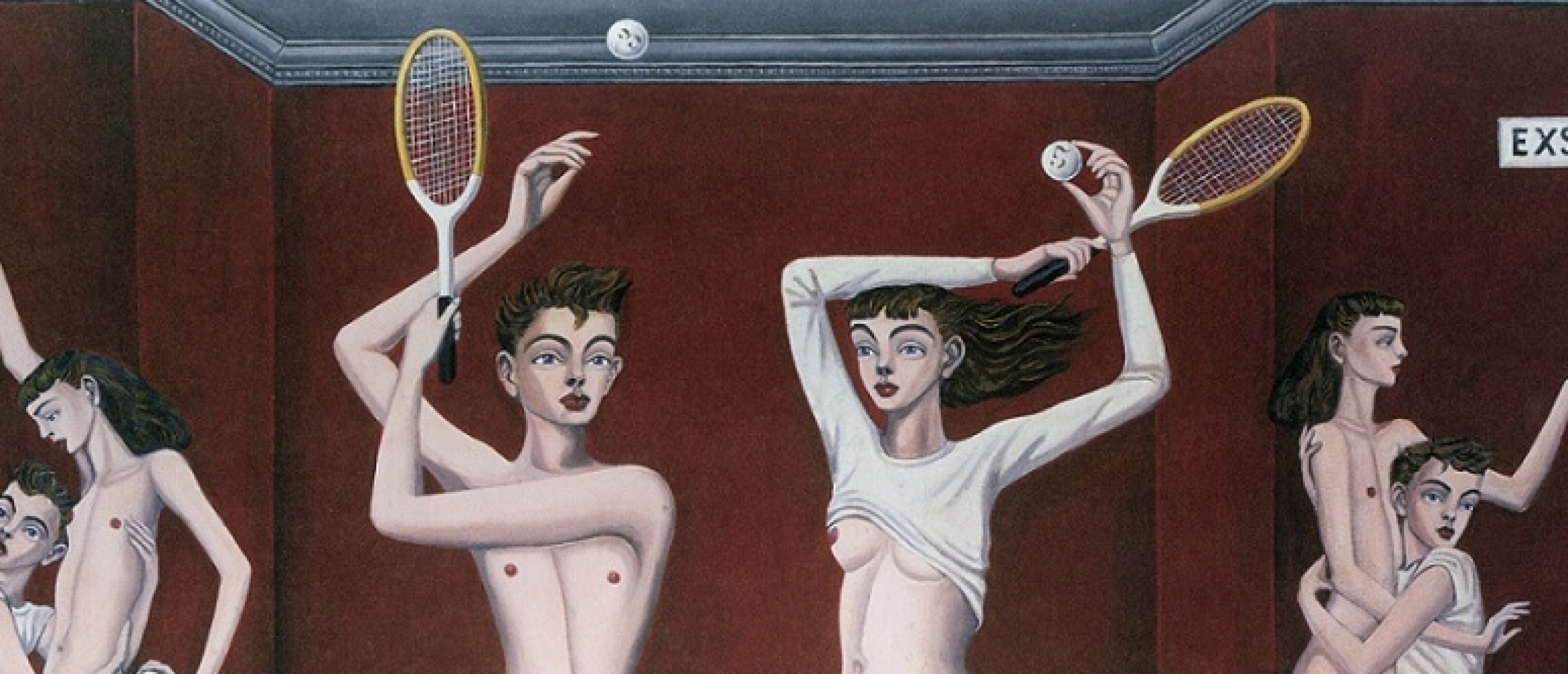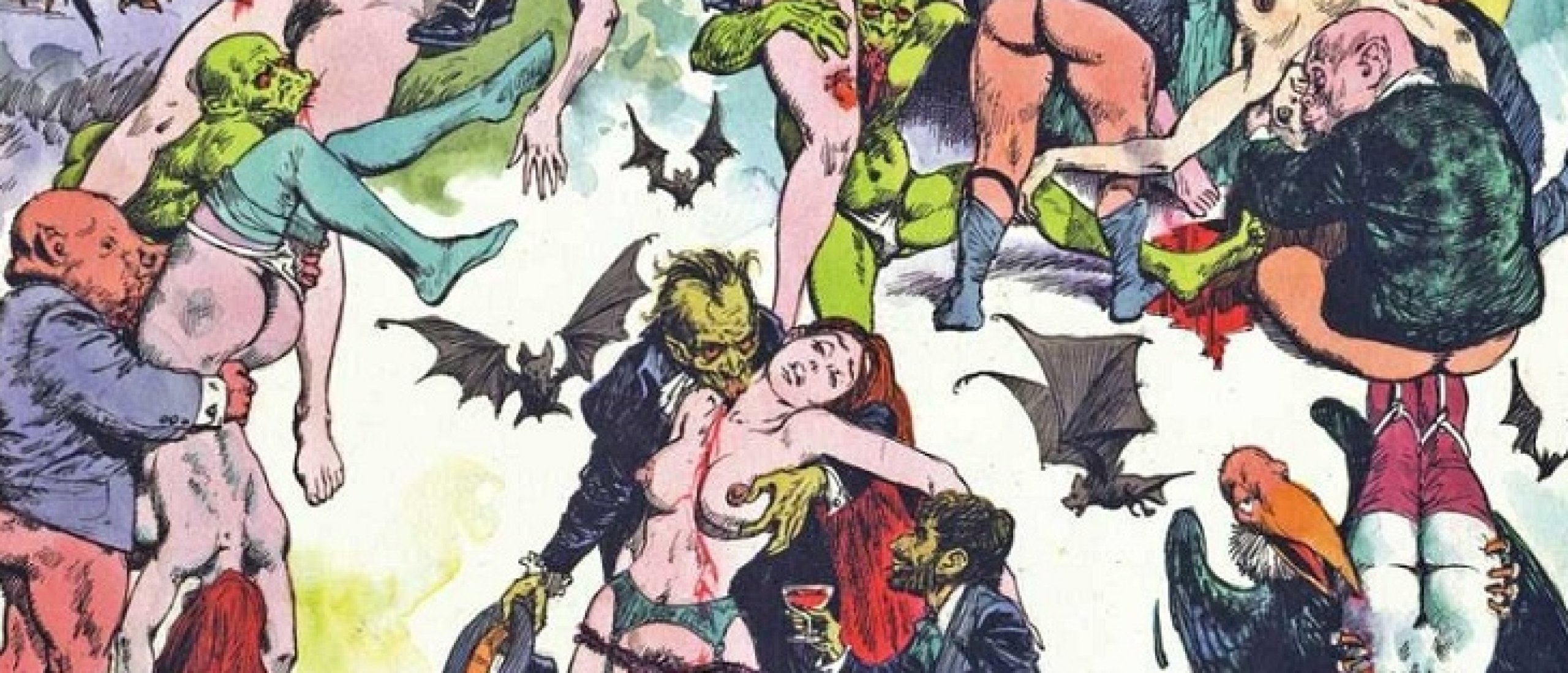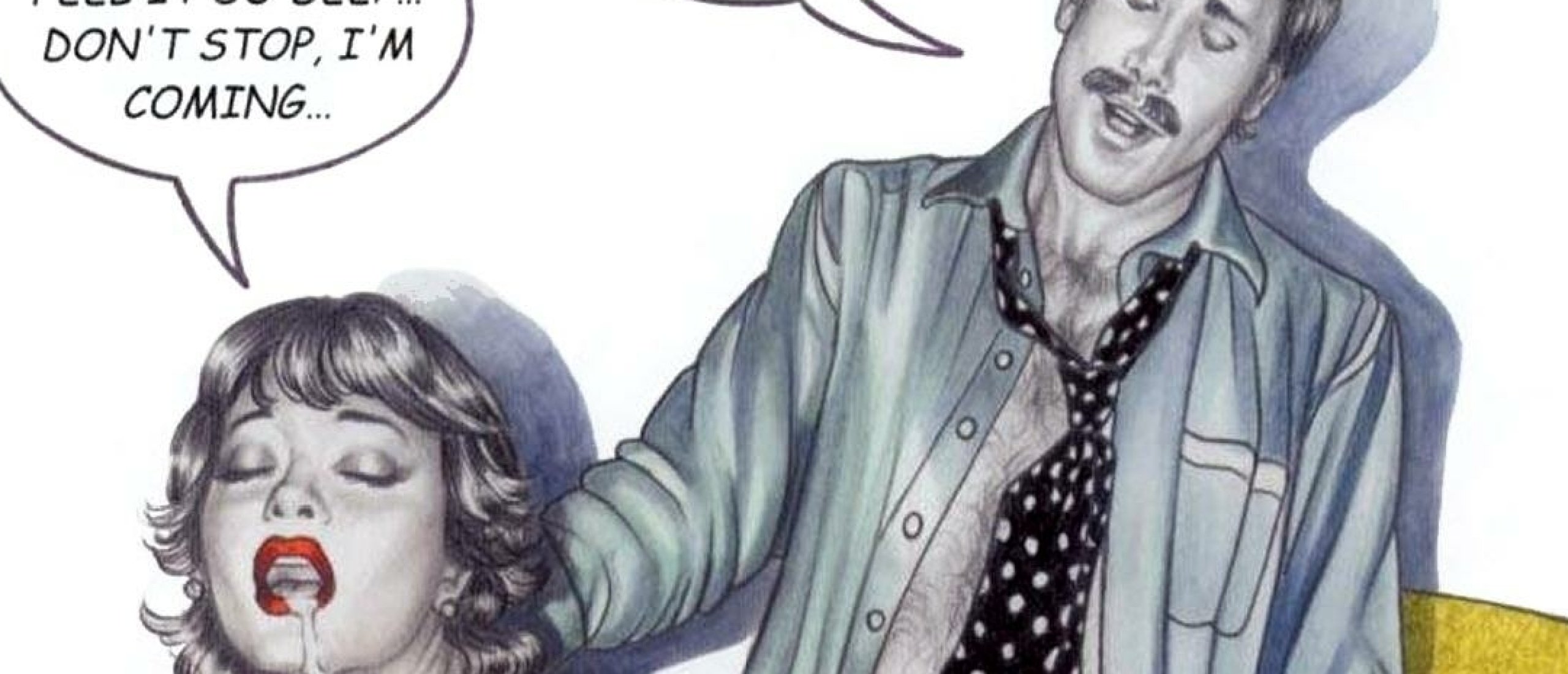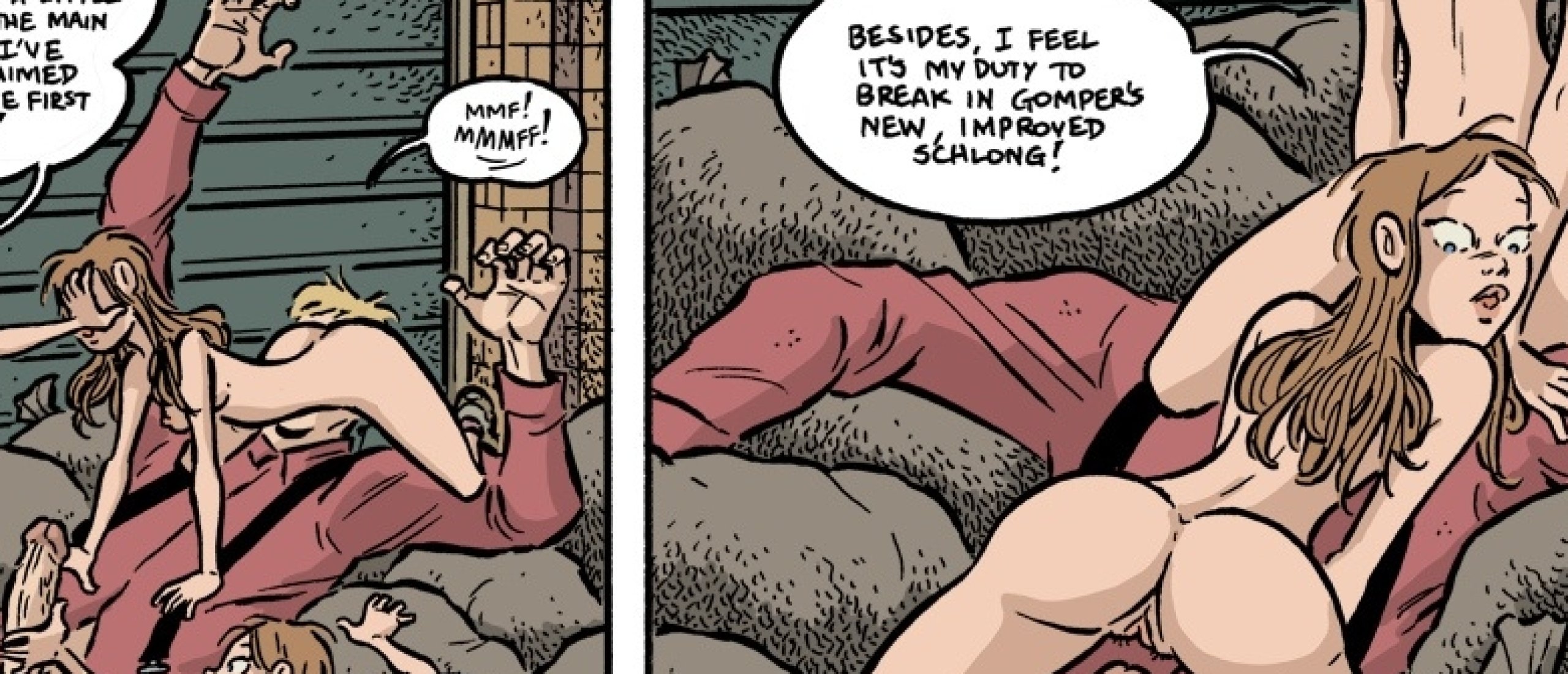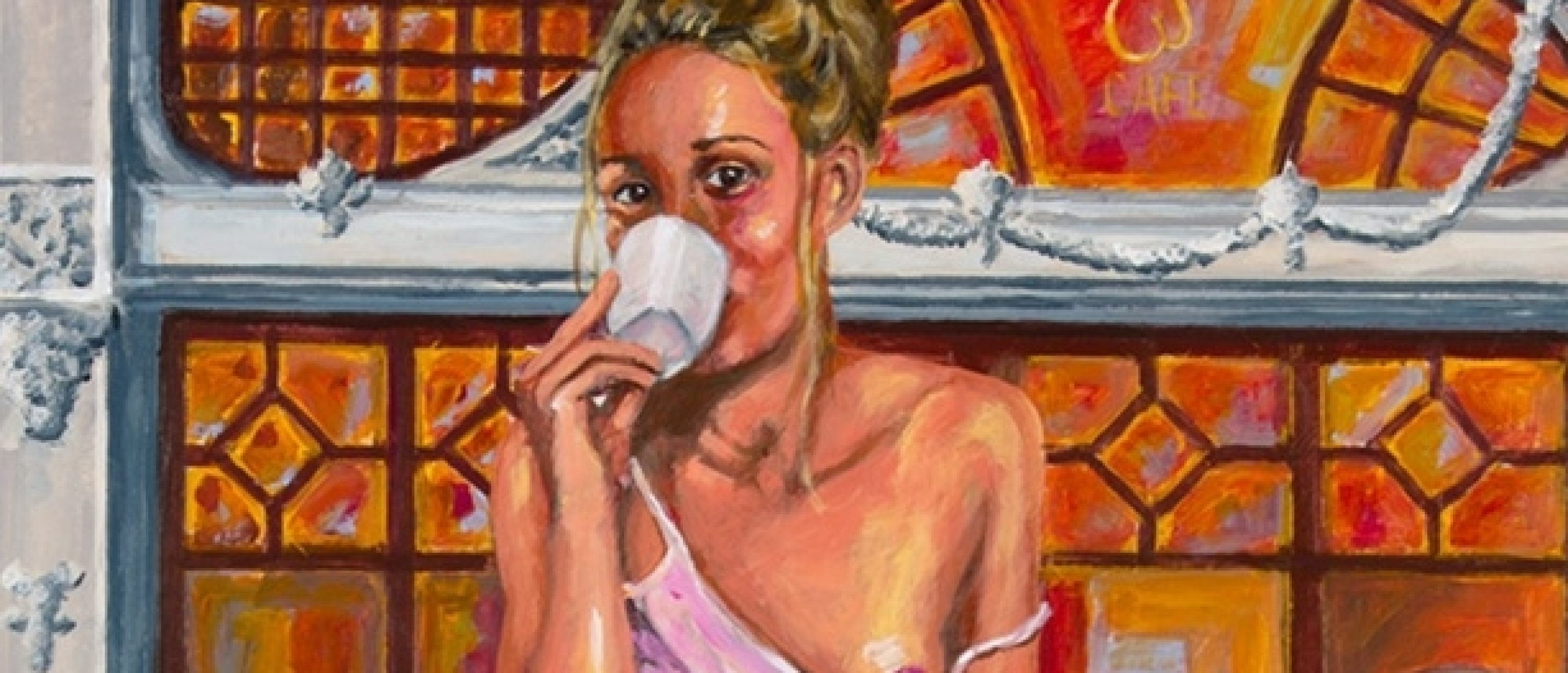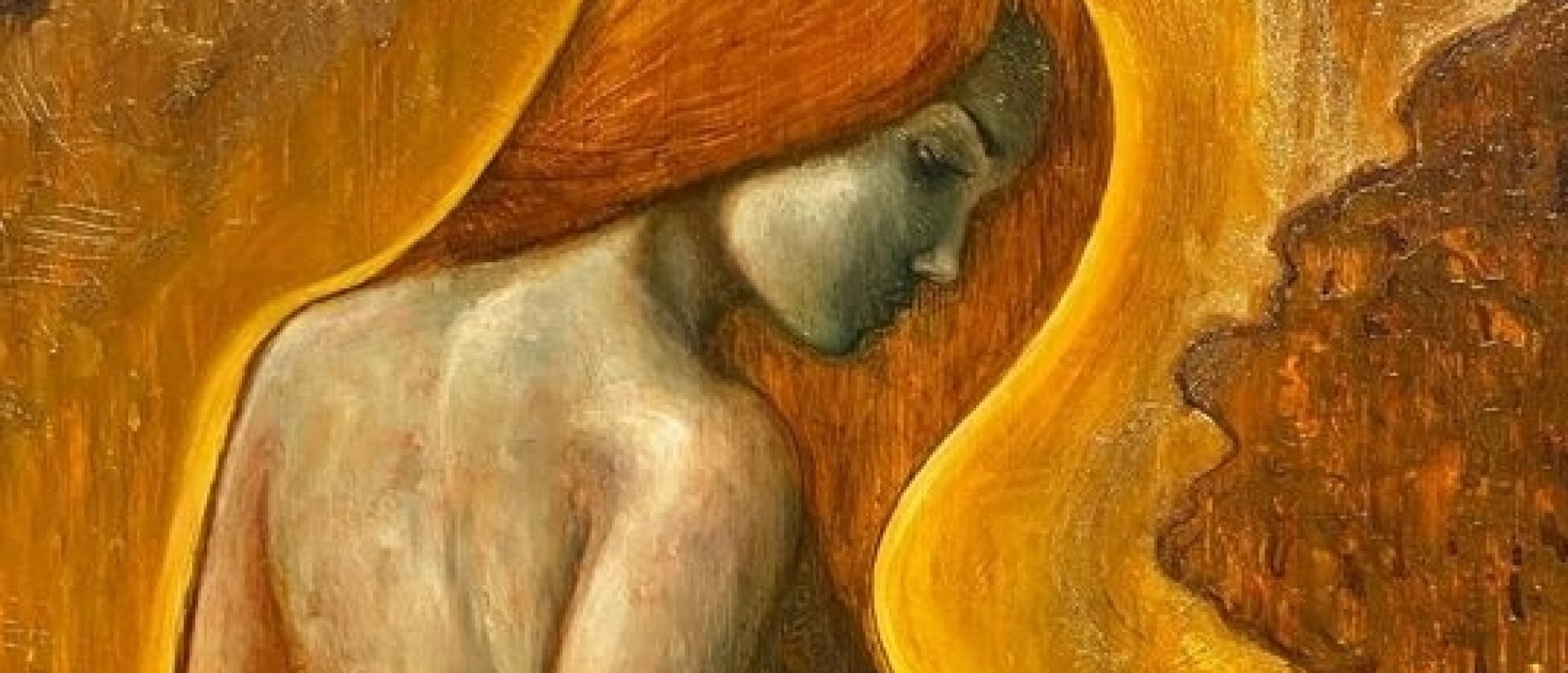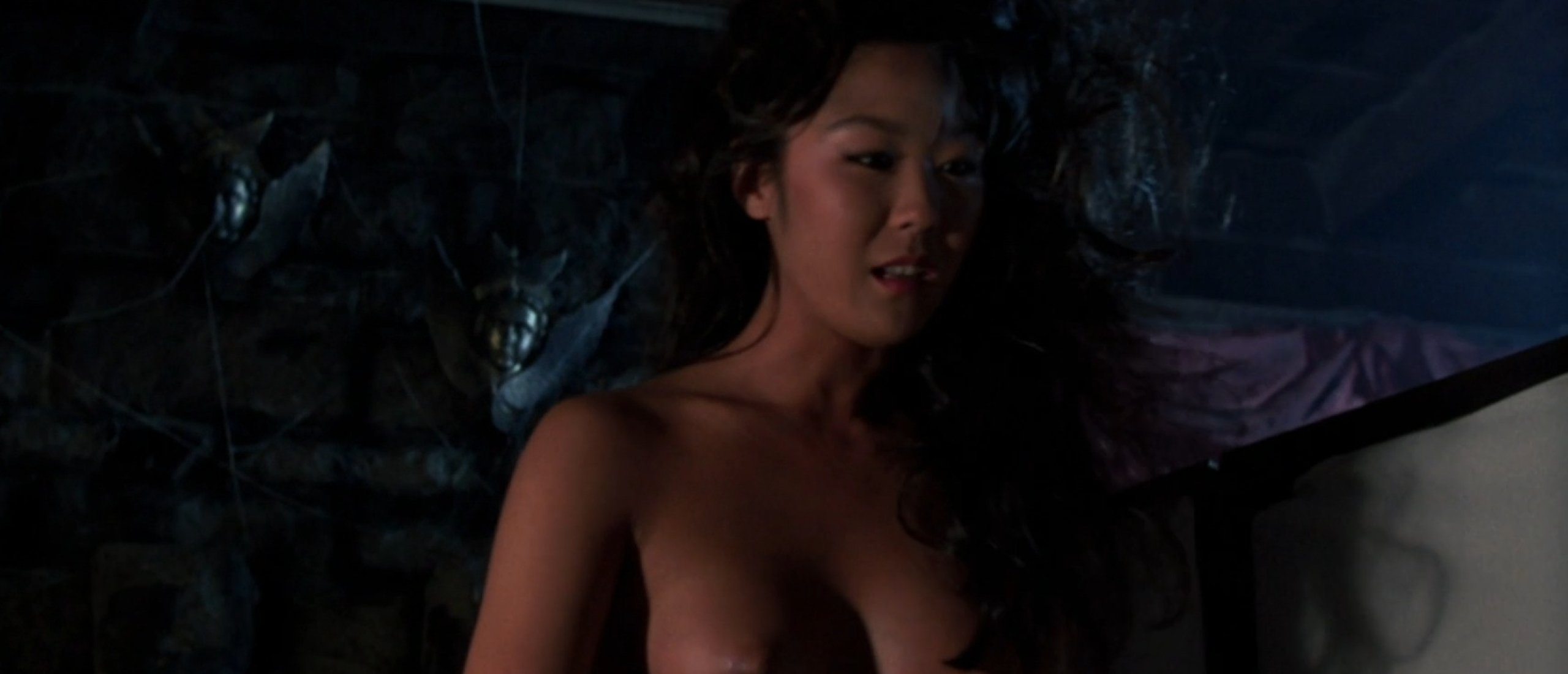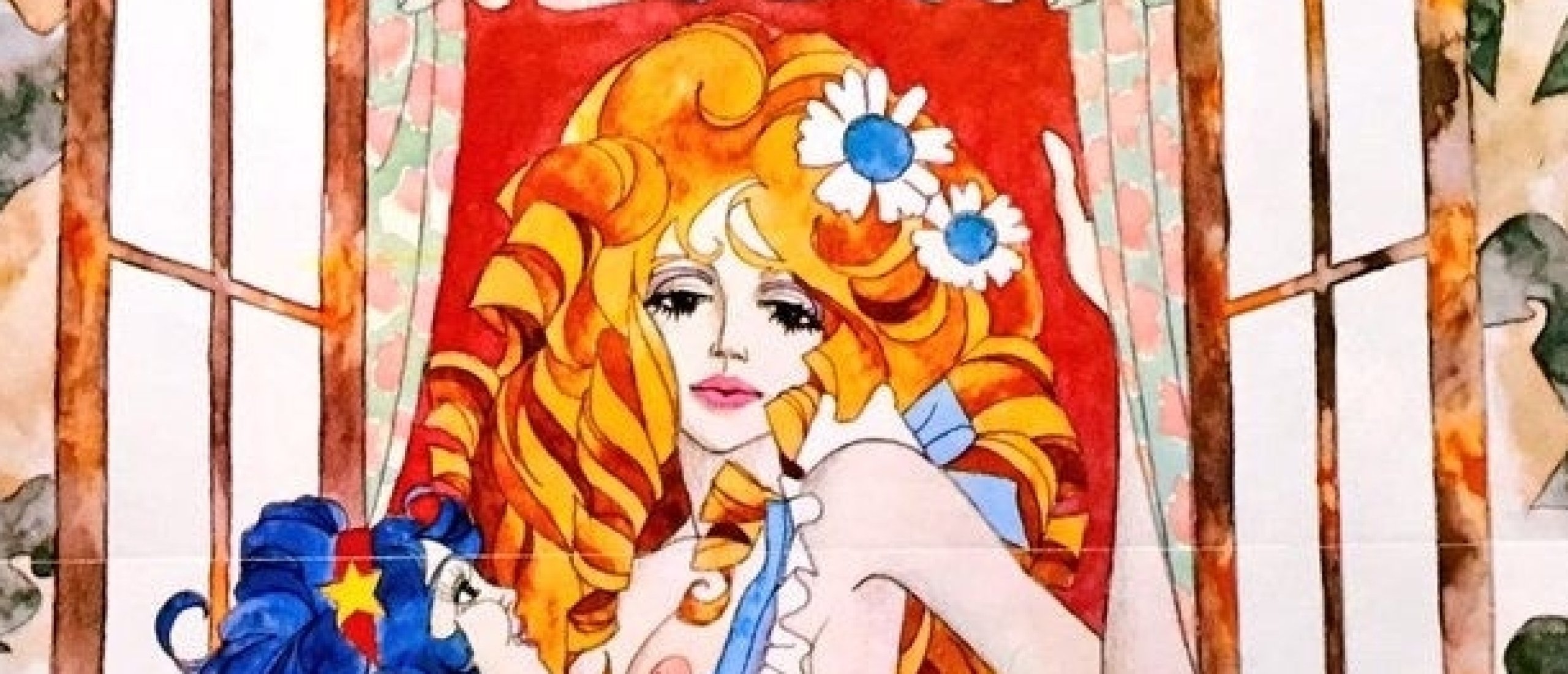
A Singular Artist
Kuni Fukai (深井国), born in Yokohama in 1935, stands as a singular name in the Japanese art scene, contributing works that transcend cultural and stylistic boundaries. As a painter, illustrator, and production designer, Fukai is internationally recognized for his role as the art director of the iconic Belladonna of Sadness (Kanashimi no Belladonna, directed by Eiichi Yamamoto in 1973). This film, which tells the story of a medieval woman wronged and driven into a state of deep anguish and desire for revenge, can be interpreted as an immersive, profoundly visual work where eroticism and the grotesque become inseparable parts of its narrative. Fukai crafted a stunning visual style, drawing from artists like Klimt, Schiele, and Mucha, to depict the tragic and sensual journey of the protagonist, Jeanne. This work established Fukai’s reputation, marking one of the boldest moments in Japanese animation, as feminine sexuality is exposed in a symbolic and provocative manner.

Fig.1 Alice in Wonderland
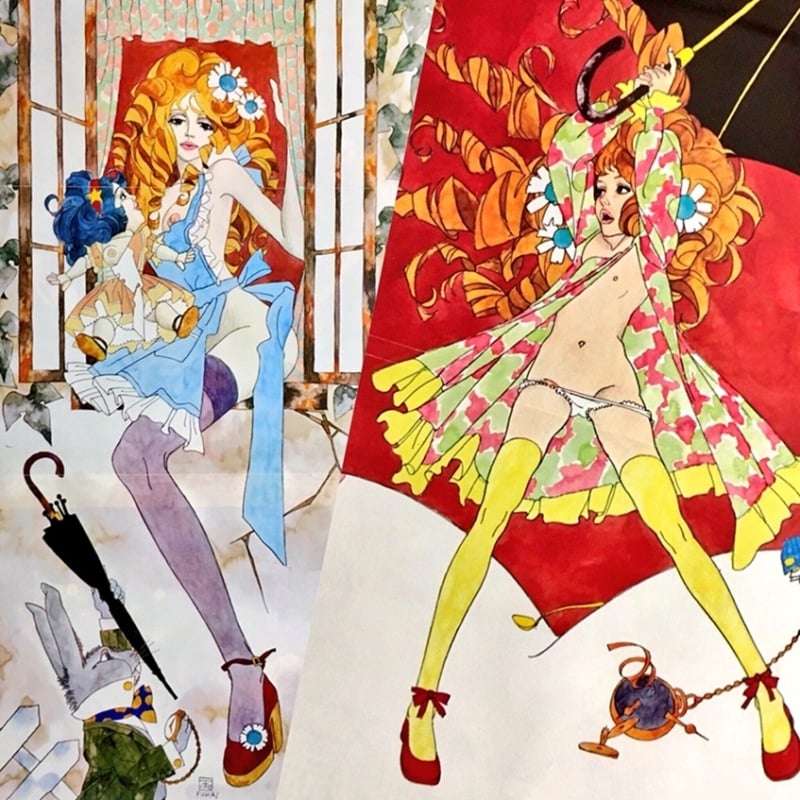
Fig.2 Alice in Wonderland
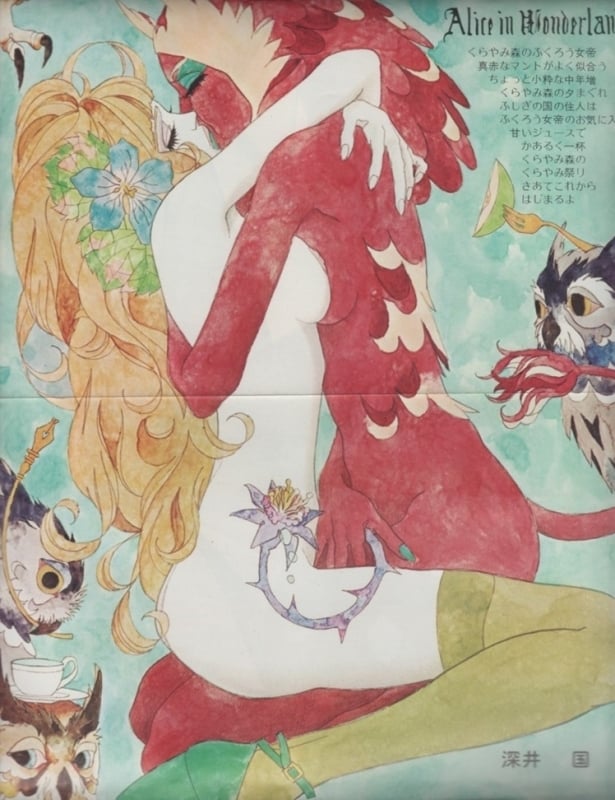
Fig.3 Alice in Wonderland

Fig.4 Alice in Wonderland
Before Belladonna Of Sadness
However, Fukai’s career began long before his contribution to Belladonna of Sadness. In 1955, he joined the Institute of Modern Art, where he found his calling in illustration and painting. By 1956, Fukai was publishing illustrations in the weekly magazine Heibon Punch, with stories that captivated an audience eager for visually stimulating content. Through this magazine, his work gained attention, eventually catching the eye of an art director from Printemps, a Paris-based department store, who commissioned him to create a monumental window display. Fukai then fully immersed himself in the visual arts, studying oil painting but aiming to break free from traditional techniques in search of a unique, expressive, and tension-filled style.
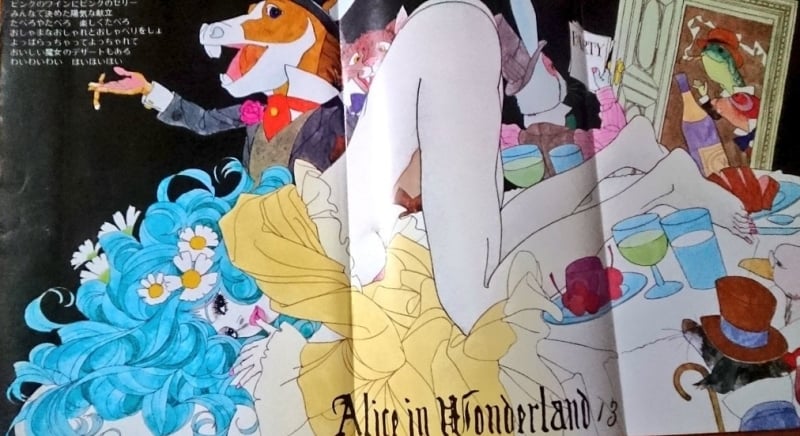
Fig.5 Alice in Wonderland
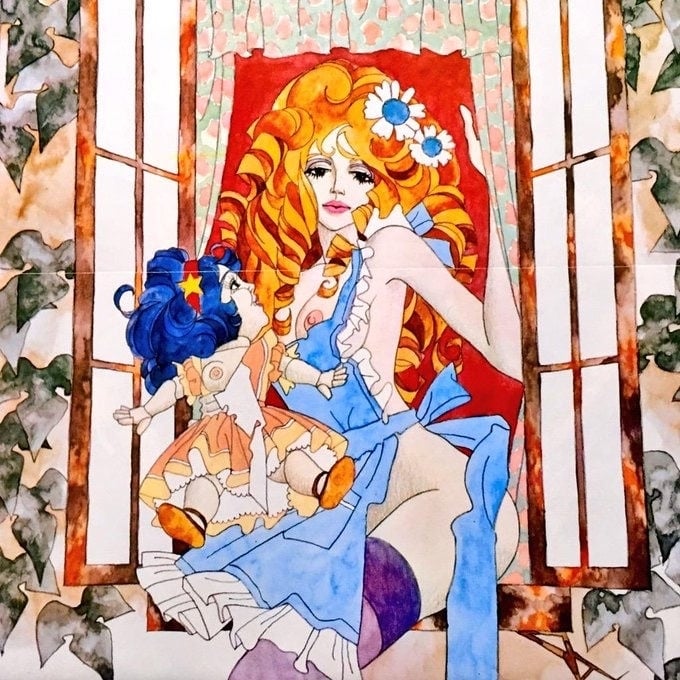
Fig.6 Alice in Wonderland

Fig.7 Belladonna of Sadness
The Contradictions Of Human Desire
This pursuit of originality led Fukai to explore themes that evoked desire and the sublime—elements that became more evident in his later works. Eroticism in his art was not mere ornamentation; it was a tool for reflection, steeped in symbolism. Fukai did not depict eroticism explicitly to shock; instead, he explored human desire’s inherent contradictions within his compositions. Belladonna of Sadness serves as a prime example of this approach: in depicting Jeanne’s sexuality, Fukai does not create scenes of pure satisfaction, but rather of internal struggle, pain, and transformation, as if eroticism were as much a source of pleasure as of self-discovery and suffering.

Fig.8 Belladonna of Sadness

Fig.9 Belladonna of Sadness
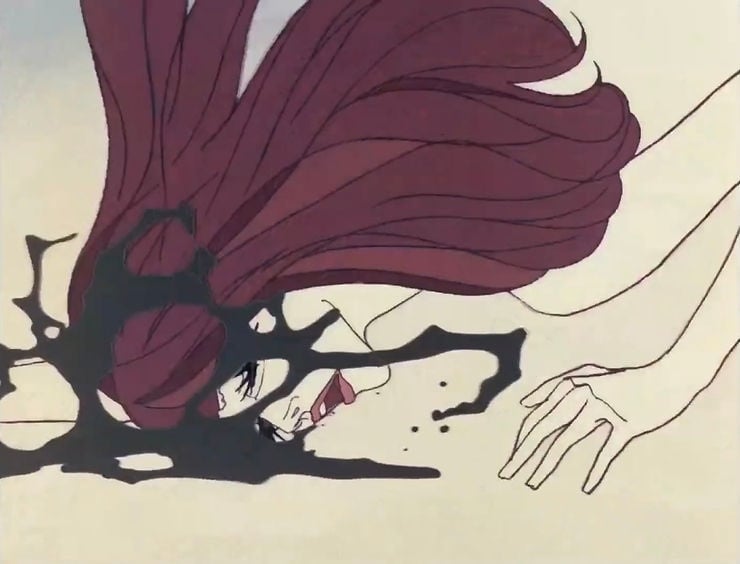
Fig.10 Belladonna of Sadness
Unconventional Themes
With the founding of his production company, Musashino Production, alongside artists such as Shinji Nagashima and Atsushi Sugimura, Fukai expanded his horizons further, solidifying his aesthetic vision and his pursuit of unconventional themes. In 1964, inspired by figures like the French painter Bernard Buffet, he incorporated aspects of Buffet’s work, showcasing his own illustrations in Heibon Punch and other popular magazines. This period was crucial for Fukai to develop his identity as an illustrator and to solidify his reputation for boldness and experimentation.
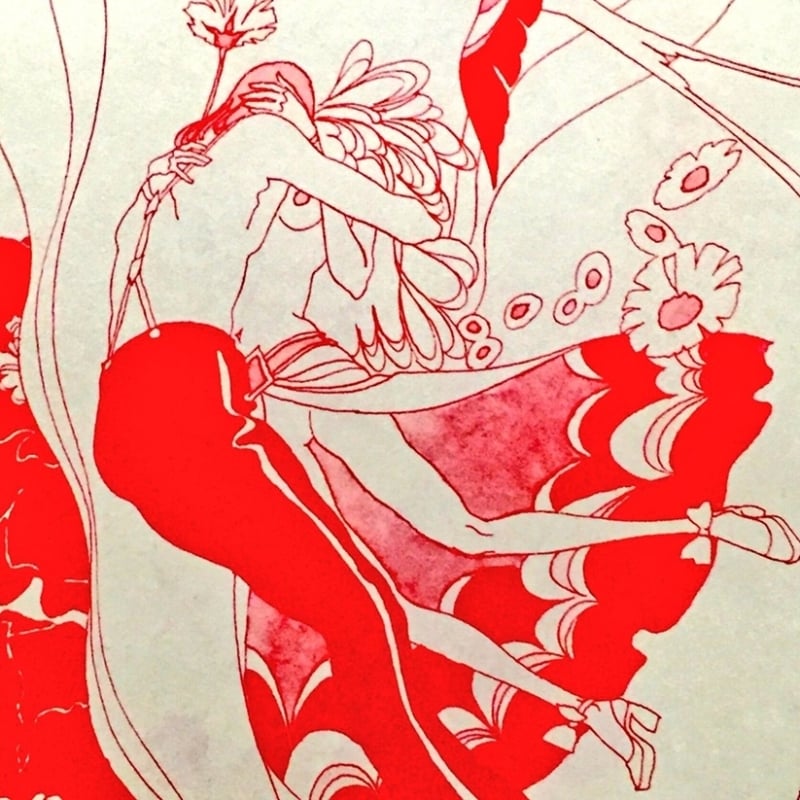
Fig.11 Dracula
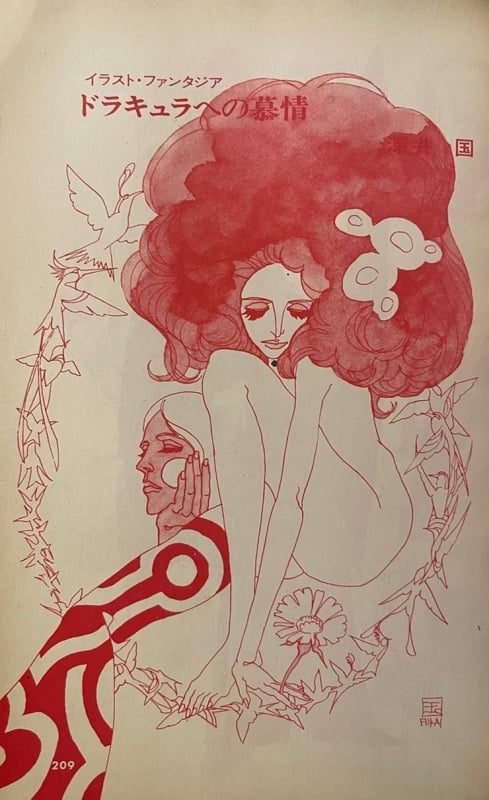
Fig.12 Dracula
Imaginary Worlds
In the 1970s, Fukai collaborated with the publisher Hayakawa Shobo, creating illustrations for science fiction and fantasy stories, such as those for Phillip Jose Farmer’s books, Alice in Wonderland by Lewis Carroll, and Dracula by Bram Stoker. In these works, he conjured imaginary worlds that went beyond conventional representation and the bounds of reality. Works like Kuni Fantastica and Code, published in SF Magazine, are laden with fantastical elements that amplify eroticism, depicting scenes that seem to inhabit a dream or a nightmare. His illustration of these fictional universes reveals Fukai’s fascination with human nature and the occult, expressing eroticism more subjectively as a reflection of characters' emotional and mental complexities.
When you become a Premium member now you can check out the expanded version of the article including, among other things:
- how the adult animation movie Belladonna of Sadness allowed for the consolidation of Fukai's artistic vision
- how Kuni Fukai’s images for Belladonna of Sadness cleverly circumvent the Japanese Penal Code Article 175 including some striking examples of this
- the "aesthetic perversity" in Belladonna of Sadness
- an exploration of the psychological and emotional depths of Fukai's characters
- the 2024 restoration project involving the original art of Belladonna of Sadness
- the artist's solo exhibition themed “Carnival”
- 64 additional artworks
- and much more...
Click HERE for the influential erotic animations of Osamu Tezuka

